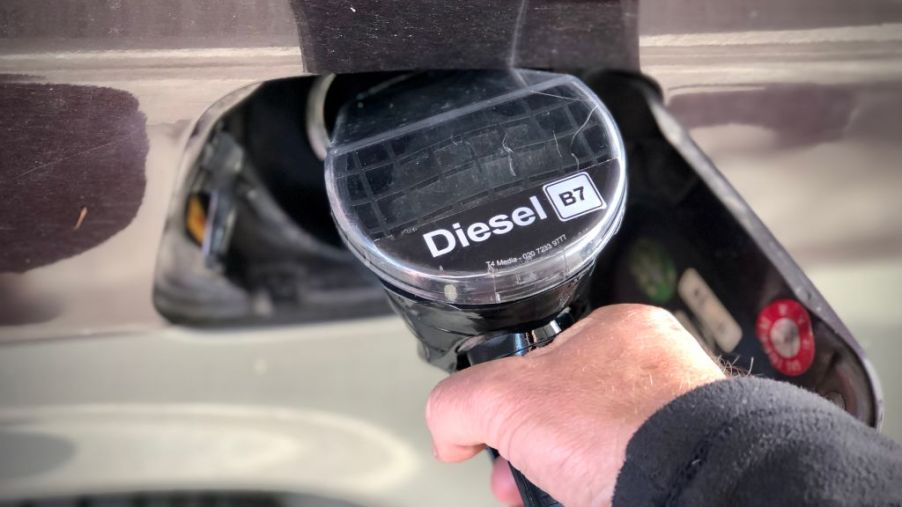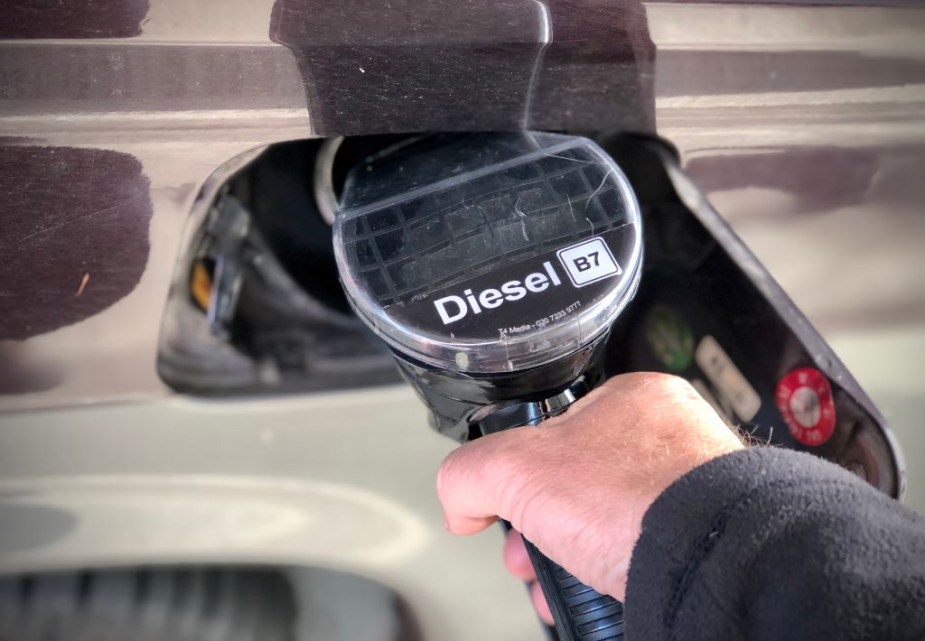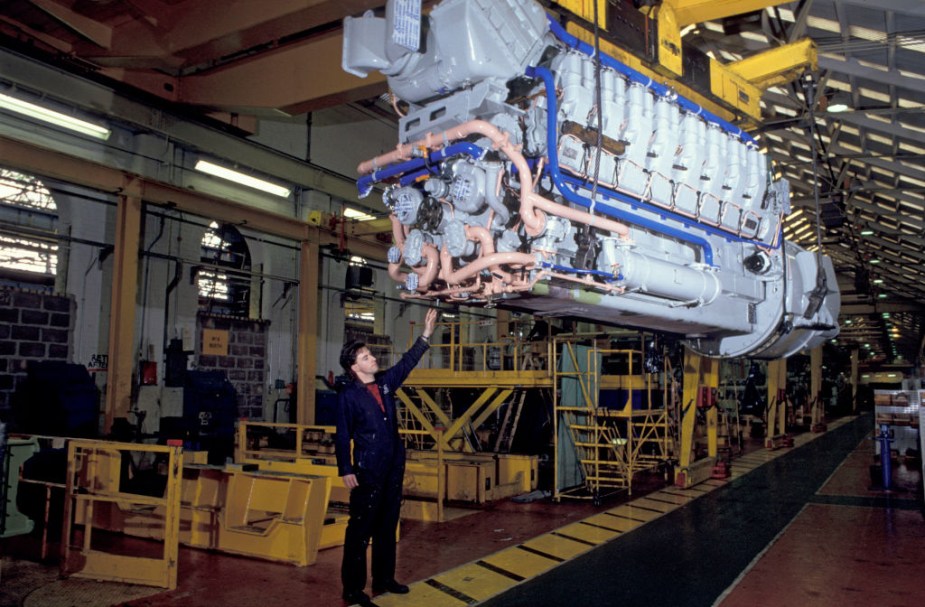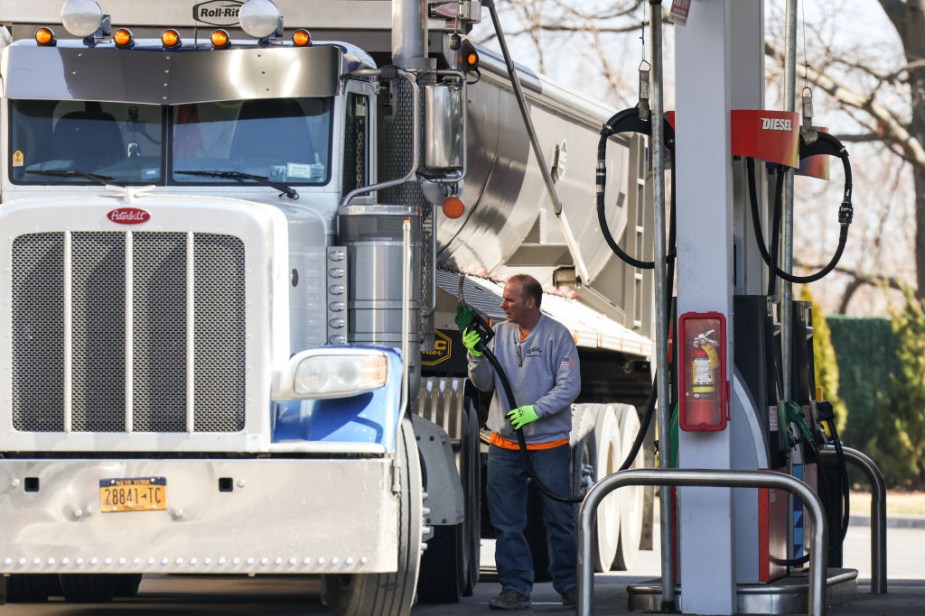
Will Diesel Engines With Hydrogen Injection Save Oil Burners?
According to engineers in New South Wales, combining hydrogen with diesel fuel creates much lower emissions than using straight diesel. And modifying current diesel engines to accept hydrogen is doable. Using up to 90 percent of hydrogen on a timed basis resulted in an 86 percent drop in carbon dioxide. Could this revelation be the salvation of diesel engines?
Is it too late to save diesel engines?

With the advent of electric cars and trucks, some might think this discovery is too little too late. But diesel engines powering trains, agricultural equipment, and power generation are just a few of the areas where we won’t be seeing electric replacements any time soon.
There are millions of trucks and an estimated 26,000 trains running diesel engines. For their heavy-duty requirements, diesel engines still outperform their gasoline and electric counterparts. With emissions reduced, they will see more longevity, saving billions in replacement costs.
Are they just mixing diesel fuel and hydrogen together?

Shawn Kook, one of the researchers, told Ars Technica, “We have shown that we can take those existing diesel engines and convert them into cleaner engines that burn hydrogen fuel. This new technology significantly reduces CO2 emissions from existing diesel engines. So it could play a big part in making our carbon footprint much smaller, especially in Australia with all our mining, agriculture, and other heavy industries where diesel engines are widely used.”
Mixing diesel fuel and hydrogen actually increases NOx and carbon dioxide. But timing the release of hydrogen along with the quantity and amount of pressure during critical intervals of combustion changes chemical reactions producing NOx. Concentrating hydrogen in specific regions of the combustion chamber also lessens pollutants.
Engines work by introducing fuel into a combustion chamber. Compressing that mixture under pressure raises its temperature enough to ignite it in diesel applications. In gasoline engines, the spark plug ignites the fuel/air mixture. In both cases, the downward force of the piston spins the crank, which creates the necessary power.
Is this system emissions-free?

“We have shown in our system that if you make it stratified, that is, in some areas, there is more hydrogen and in others, there is less hydrogen, then we can reduce the NOx emissions below that of a pure diesel engine,” said Kook.
This dual-fuel design still creates some pollution. But it is offset by what lithium production generates. That and the carbon footprint originally created by the manufacturing of the trucks and trains themselves.
This hybrid hydrogen injection system for diesel engines will be on the market for various applications within the next year or two.



